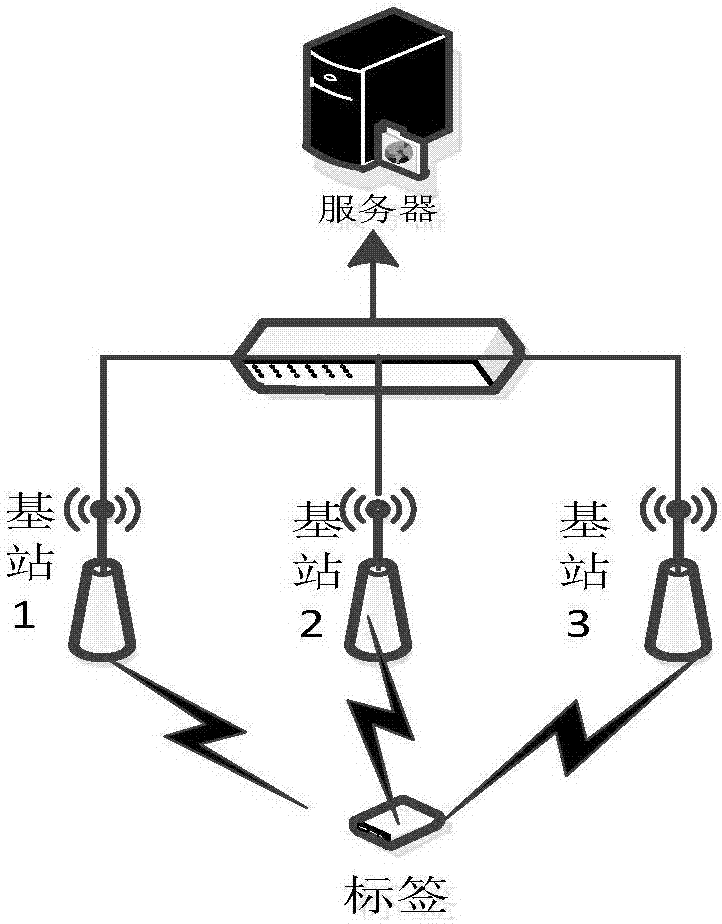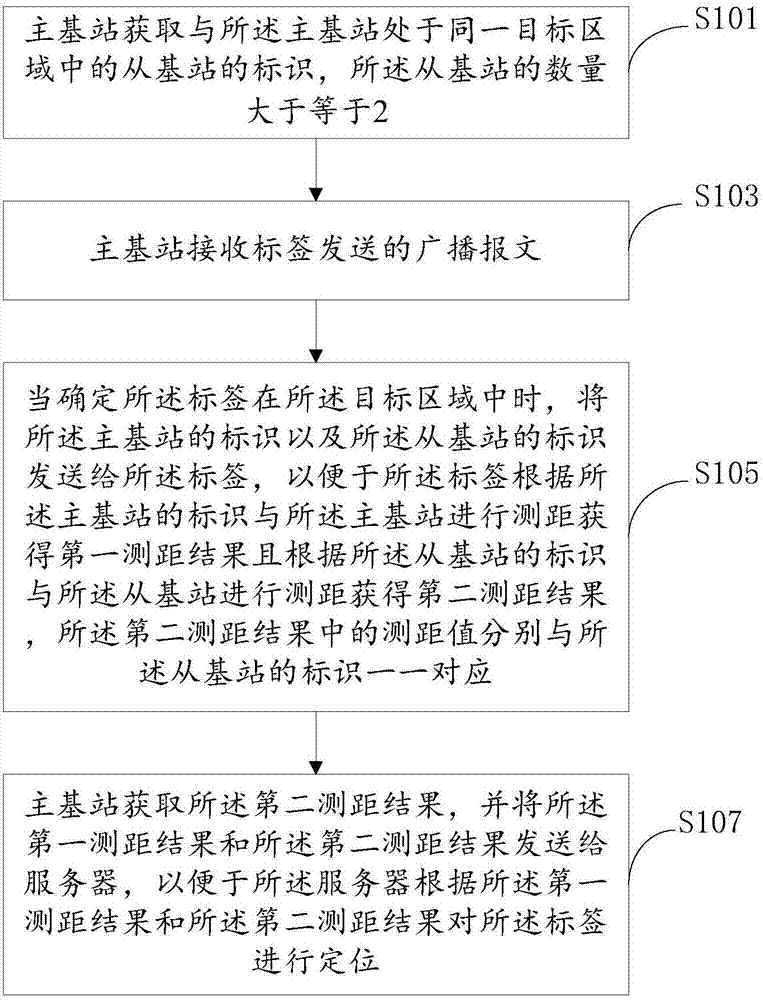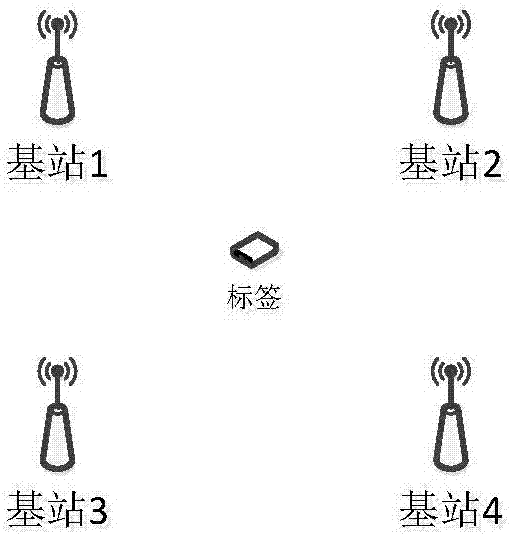Method and master base station for positioning labels in wireless network
A technology of positioning tags and wireless networks, applied in the field of positioning tags, methods and main base stations, can solve the problems that base station identification cannot be stabilized, fail, waste operations, etc., and achieve the effect of reducing time, short path and long life.
- Summary
- Abstract
- Description
- Claims
- Application Information
AI Technical Summary
Problems solved by technology
Method used
Image
Examples
Embodiment Construction
[0057] The following will clearly and completely describe the technical solutions in the embodiments of the present invention with reference to the accompanying drawings in the embodiments of the present invention. Obviously, the described embodiments are only some, not all, embodiments of the present invention. Based on the embodiments of the present invention, all other embodiments obtained by persons of ordinary skill in the art without creative efforts fall within the protection scope of the present invention.
[0058] An embodiment of the present invention provides a method for locating tags in a wireless network, such as figure 2 shown, including the following steps:
[0059] S101. The master base station acquires the identifiers of the slave base stations in the same target area as the master base station, and the number of the slave base stations is greater than or equal to 2;
[0060] S103, the main base station receives the broadcast message sent by the tag,
[00...
PUM
 Login to View More
Login to View More Abstract
Description
Claims
Application Information
 Login to View More
Login to View More - R&D
- Intellectual Property
- Life Sciences
- Materials
- Tech Scout
- Unparalleled Data Quality
- Higher Quality Content
- 60% Fewer Hallucinations
Browse by: Latest US Patents, China's latest patents, Technical Efficacy Thesaurus, Application Domain, Technology Topic, Popular Technical Reports.
© 2025 PatSnap. All rights reserved.Legal|Privacy policy|Modern Slavery Act Transparency Statement|Sitemap|About US| Contact US: help@patsnap.com



